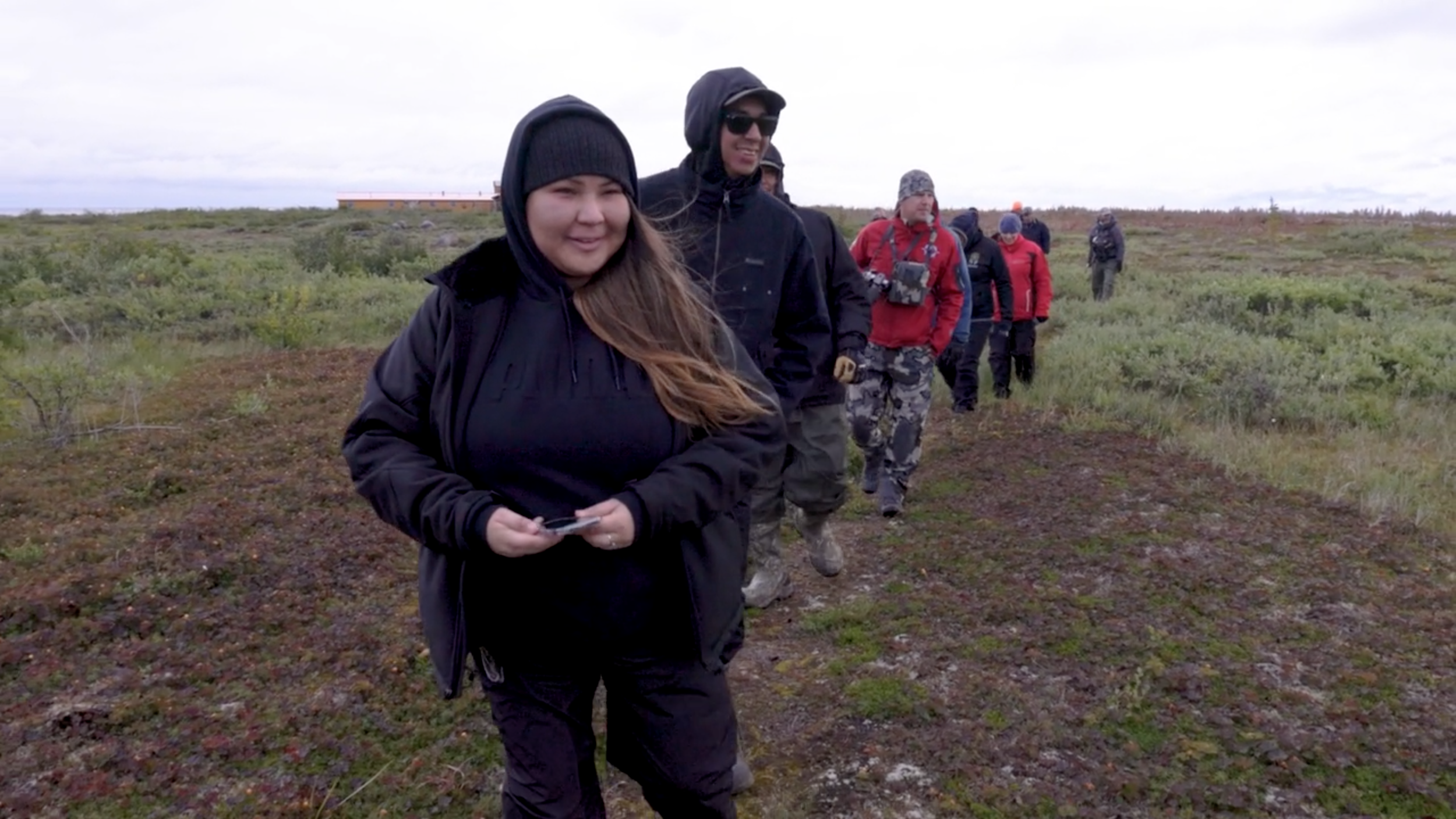
VIDEOS
VIDEOS
Not a lot of spaces in the world are the same as they have been since time immemorial. Our ancestors stewarded the lands and water of the Seal River, and today we honour them and these lands by continuing our work to protect it. Our initiative to establish the Seal River Indigenous Protected Area would not only ensure we continue to have a place where our languages and culture thrives, but also provides sustainable jobs for our communities, and helps fight climate change.

The First Nations in the Seal River Watershed know there is an incredible abundance and diversity of birds found in the area. So when the National Audubon Society approached the Seal River Watershed Initiative about a partnership to monitor bird species in 2020, it was an opportunity to work in collaboration and gather information that will protect the watershed not only for the birds, but for future generations.

In northern Manitoba, the Seal River Watershed Initiative has proposed an Indigenous Protected Area that could expand ecotourism and sustainable jobs, while protecting one of the largest intact watersheds on the planet. By partnering with First Nations to protect the watershed, the Government of Manitoba can help expand these opportunities and move forward in reconciliation with Indigenous Peoples.

“It’s a story worth telling.” In the far reaches of Northern Manitoba, four First Nations have come together to protect the Seal River Watershed as an Indigenous Protected Area. Because it’s home to polar bears, caribou, millions of migratory birds and scores of species of fish, the Alliance is exploring ways that the protected area could incorporate ecotourism as a source of sustainable jobs that are not based in resource extraction. Watch and learn more.
The Seal River Watershed Alliance is organizing to protect over 50,000km in Northern Manitoba. An Indigenous Protected and Conserved Area here would not only protect pristine ecosystems and at risk wildlife, but generate jobs through ecotourism. Find out how:
You know you've hit paradise when you reach the Seal River. It's just so beautiful - the land, the water, the animals. The air is so fresh and clean here, I think more people should experience that. Learn more at SealRiverWatershed.ca
Steven Nitah speaks to Sayisi Dene First Nation about how to create an Indigenous Protected Area. He was raised by his great grandparents on the land around Lutsel K’e in the Northwest Territories. Under his watch as Elected Chief of Lutsel Ke Dene First Nation, the Ni Hatni Dene Guardians program began. Nitah and his team also successfully established the Thaidene Nëné Indigenous Protected Area, National Park and Territorial Protected Area.
Shaunna Morgan Siegers of the Indigenous Leadership Initiative, spoke to the 2020 virtual UN Biodiversity Summit about the Seal River Watershed Indigenous Protected Area Initiative and other efforts by Indigenous peoples in Canada to find nature-based solutions to climate change.
As one of the largest ecologically intact watersheds left in the world, with polar bears, belugas and caribou wintering in its waters, the Seal River Watershed is a unique and incomparable area. After being forcefully removed from their lands in 1956, the community is now reclaiming their home and working together with Cree and Inuit communities in the area to preserve their homeland in its natural state, as an Indigenous Protected Area.
Dene, Cree and Inuit youth gathered in Tadoule Lake in September 2019 to share their cultures while learning about potential careers as Indigenous Guardians, and discuss plans to conserve the Seal River Watershed as an Indigenous Protected Area. Indigenous Guardians will be the eyes and ears of their communities - monitoring the lands, waters and wildlife and greeting visitors.
In the Seal River Watershed there is a pristine expanse of tundra, wetlands and forests as vast as Nova Scotia. Caribou and polar bears roam beneath flocks of birds near an estuary teeming with beluga whales. There are no permanent roads, mines or industrial development of any kind. And the Sayisi Dene First Nation is working with its Cree, Dene and Inuit neighbours to conserve the watershed’s 50,000 square kilometers as an Indigenous Protected Area.